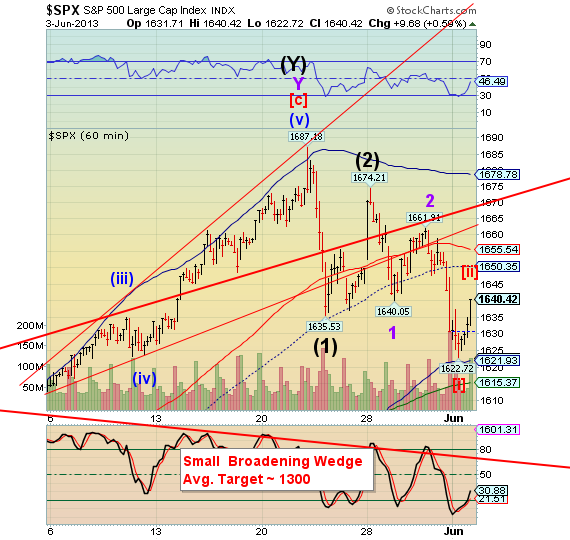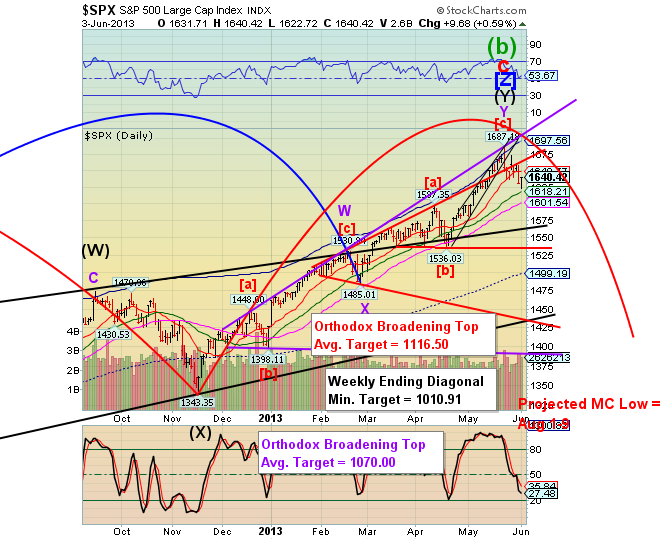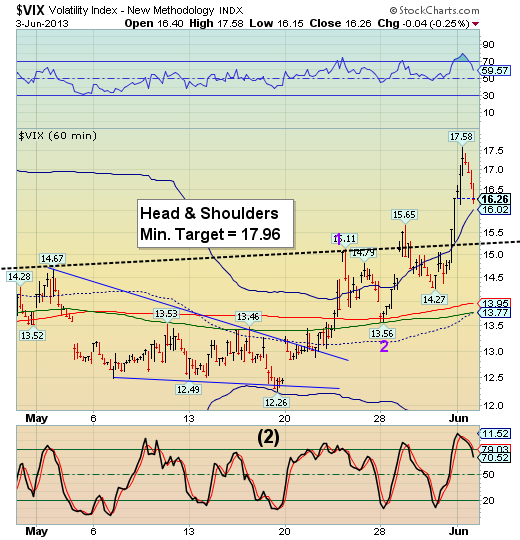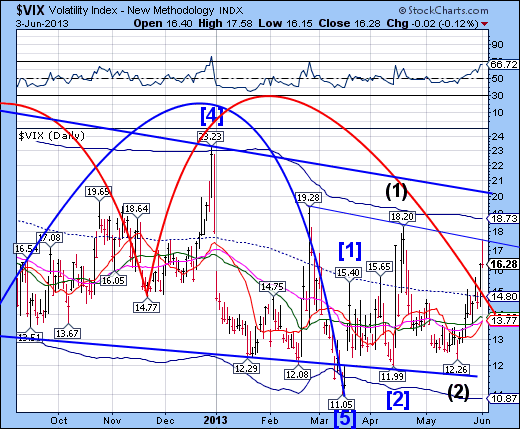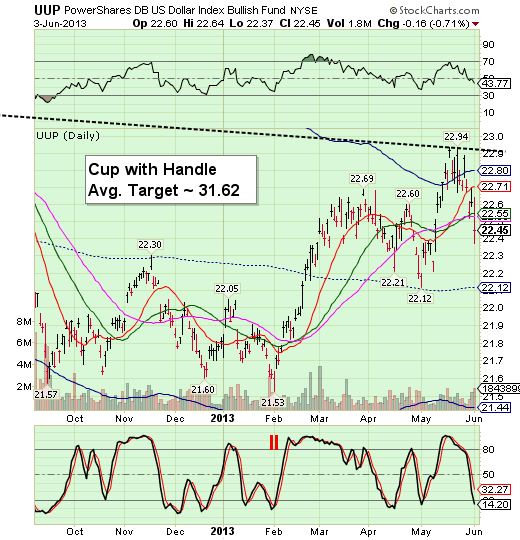by Mohamed A. El-Erian
NEW YORK – The “branding” of modern central banking started in the United States in the early 1980’s under then-Federal Reserve Board Chairman Paul Volcker. Facing worrisomely high and debilitating inflation, Volcker declared war against it – and won. In delivering secular disinflation, he did more than change expectations and economic behavior. He also greatly enhanced the Fed’s standing among the general public, in financial markets, and in policy circles.
Illustration by Dean Rohrer
Volcker’s victory was institutionalized in legislation and practices that granted central banks greater autonomy and, in some cases, formal independence from long-standing political constraints. To many, central banks now stood for reliability and responsible power. Simply put, they could be trusted to do the right thing; and they delivered.
As any corporate executive will tell you, brands can be consequential drivers of behavior. In essence, a brand is a promise; and powerful brands deliver on their promise consistently – be it based on quality, price, or experience. In some cases, consumers have been known to act on the strength of brand alone, even purchasing a product with relatively limited knowledge about it.
Indeed, brands send signals that facilitate the task at hand. In some special cases – think of Apple, Berkshire Hathaway, Facebook, and Google – they have also acted as a significant catalyst for behavioral modification. In the process, they often insert a wedge that essentially disconnects fundamentals from pricing.
Building on Volcker’s success, Western central banks have used their brand to help maintain low and stable inflation. By signaling their intention to contain price pressures, they would alter inflation expectations – and thus essentially convince the public and the government to do the heavy lifting.
In the last few years, however, the threat of inflation has not been an issue. Instead, Western central banks have had to confront market failures, fragmented financial systems, clogged monetary-policy transmission mechanisms, and sluggish growth in output and employment. Facing greater challenges in delivering desired outcomes, they have essentially pushed both policies and their brand power to the limit.
This is apparent in central banks’ aggressive emphasis on communication and forward policy guidance. Both have been used more widely – indeed, taken to extreme levels – to supplement the unconventional expansion of balance sheets in the context of liquidity traps.
Now, corporate executives will also tell you that brand management is a tricky affair. It is particularly hard to maintain or control your brand when popular sentiment overshoots.
This is what happened to Apple’s stock this year. As brilliantly explained by Guy Kawasaki in his book on the company, the brand essentially created “enchantment.” Extrapolating this into a market view that Apple could not only innovate continuously, but also fend off any and all competitors, investors took the company’s share price to dizzying heights.
Elsewhere in California, Facebook found its brand fueling enormous hype for the company’s initial public offering. Encouraged by investor excitement and indications of over-subscription, underwriters hiked the IPO’s price well above what they had first deemed reasonable. Issuing the stock to the public at an inflated price a year ago, the shares initially traded even higher.
In both of these cases, and in many others, brand power did more than lead to price behavior that was disconnected from fundamentals; it also caused a dangerous overshoot, which, when subsequently reversed, damaged the brand.
However powerful, brands cannot divorce pricing from fundamentals entirely and forever. Accordingly, and despite a significant market rally that has taken many individual stocks to record highs, Apple and Facebook currently trade at almost half their record levels. Their dominance and influence are no longer unquestioned.
Western central bankers should spend some time reflecting on these experiences. Some have actively encouraged markets to take the prices of many financial assets to levels no longer warranted by fundamentals. Others have stood by passively. Indeed, it seems that only retiring central bankers, such as Mervyn King of the Bank of England, are willing to raise concerns publicly.
This behavior is understandable. Central bankers are basically hoping that financial-market hype by itself can help pull fundamentals higher. The idea is that price action will trigger both the “wealth effect” and “animal spirits,” thus inducing consumers to spend more and companies to invest in future capacity.
Count me among those who worry about this situation. Far from a world of optimal policy, central bankers have been forced into prolonged reliance on imperfect approaches. From my professional vantage point, I sense a mounting risk of collateral damage and unintended consequences.
Market signals are more distorted, fueling resource misallocations. Investors are piling on more risk at increasingly elevated prices. Fundamentals-based investing is giving way to a frantic search for relative bargains in an increasingly overpriced financial world.
All this will not matter much if central banks live up to their reputation as responsible and powerful institutions that deliver on their economic promises. But if they do not – essentially because they are not getting the required support from politicians and other policymakers – then the downside will involve more than just disappointed outcomes. They will have materially damaged their standing and, consequently, the future effectiveness of their policy stance.
By extending well beyond their comfort zone, today’s central banks face unusual brand-management risks. Their prior ability to deliver on promises and expectations has made today’s financial markets take the forward pricing of the economy to levels that exceed what central bankers alone can reasonably deliver.
The implication is not that central banks should immediately halt their hyper-activism and unconventional measures. It is that they should be much more open about the inherent limitations of their policy effectiveness in current circumstances.
Western central bankers need to become much more vocal and, one hopes, more persuasive in placing pressure on politicians and other policymakers. Otherwise, risking major brand damage, they will end up adding yet another item to an already-overloaded plate of challenges for the next generation.






